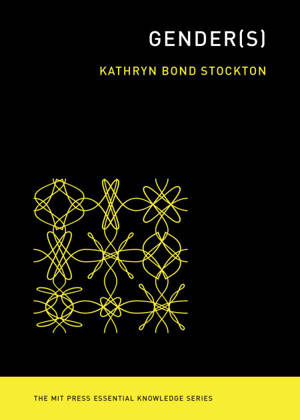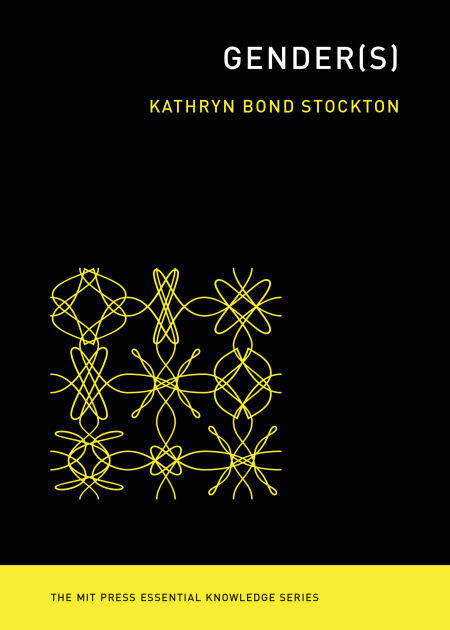
- Afhalen na 1 uur in een winkel met voorraad
- Gratis thuislevering in België vanaf € 30
- Ruim aanbod met 7 miljoen producten
- Afhalen na 1 uur in een winkel met voorraad
- Gratis thuislevering in België vanaf € 30
- Ruim aanbod met 7 miljoen producten
Zoeken
€ 16,71
+ 16 punten
Omschrijving
Why gender is strange, even when it's played straight, and how race and money are two of its most dramatic ingredients.
In this volume in the MIT Press Essential Knowledge series, Kathryn Bond Stockton explores the fascinating, fraught, intimate, morphing matter of gender. Stockton argues for gender's strangeness, no matter how "normal" the concept seems; gender is queer for everyone, she claims, even when it's played quite straight. And she explains how race and money dramatically shape everybody's gender, even in sometimes surprising ways. Playful but serious, erudite and witty, Stockton marshals an impressive array of exhibits to consider, including dolls and their new gendering, the thrust of Jane Austen and Lil Nas X, gender identities according to women's colleges, gay and transgender ballroom scenes, and much more.
Stockton also examines gender in light of biology's own strange ways, its out-of-syncness with "male" and "female," explaining attempts to fortify gender with clothing, language, labor, and hair. She investigates gender as a concept--its concerning history, its bewitching pleasures and falsifications--by meeting the moment of where we are, with its many genders and counters-to-gender. This compelling background propels the question that drives this book and foregrounds race: what is "the opposite sex," after all? If there is no opposite, doesn't the male/female duo undergirding gender come undone?
In this volume in the MIT Press Essential Knowledge series, Kathryn Bond Stockton explores the fascinating, fraught, intimate, morphing matter of gender. Stockton argues for gender's strangeness, no matter how "normal" the concept seems; gender is queer for everyone, she claims, even when it's played quite straight. And she explains how race and money dramatically shape everybody's gender, even in sometimes surprising ways. Playful but serious, erudite and witty, Stockton marshals an impressive array of exhibits to consider, including dolls and their new gendering, the thrust of Jane Austen and Lil Nas X, gender identities according to women's colleges, gay and transgender ballroom scenes, and much more.
Stockton also examines gender in light of biology's own strange ways, its out-of-syncness with "male" and "female," explaining attempts to fortify gender with clothing, language, labor, and hair. She investigates gender as a concept--its concerning history, its bewitching pleasures and falsifications--by meeting the moment of where we are, with its many genders and counters-to-gender. This compelling background propels the question that drives this book and foregrounds race: what is "the opposite sex," after all? If there is no opposite, doesn't the male/female duo undergirding gender come undone?
Specificaties
Betrokkenen
- Auteur(s):
- Uitgeverij:
Inhoud
- Aantal bladzijden:
- 256
- Taal:
- Engels
- Reeks:
Eigenschappen
- Productcode (EAN):
- 9780262365819
- Verschijningsdatum:
- 30/08/2021
- Uitvoering:
- E-book
- Beveiligd met:
- Adobe DRM
- Formaat:
- ePub

Alleen bij Standaard Boekhandel
+ 16 punten op je klantenkaart van Standaard Boekhandel
Beoordelingen
We publiceren alleen reviews die voldoen aan de voorwaarden voor reviews. Bekijk onze voorwaarden voor reviews.








